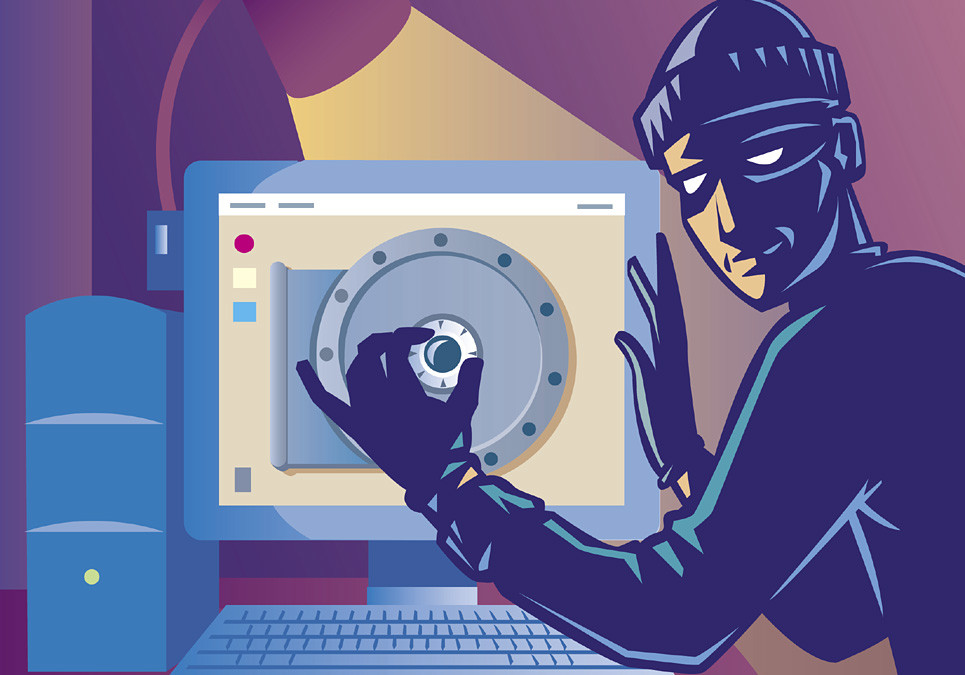As a marketing agency working with multiple B2B clients in many industries, we require many passwords to access their various media accounts. While we keep all our passwords encrypted in a secure area, accessing this area can take time from our day. When given a choice on sites we access frequently (that are not client sites), we create our own passwords. The question is: How do we develop and maintain unique, secure passwords?
Best Password Tip #1: Don’t Be an Idiot
The recent hack of Ashley Madison exposed more than 11 million users and their passwords. Other small and large hacks have done the same. The most frequently used password of 2014 was 123456, and the next four on the list are just as bad: password, 12345, 12345678, and qwerty.
While it is a bad idea to reuse passwords, using common passwords is even worse. Using a common password one time is a sign to the bad guys that you probably use that same password elsewhere, too; it makes it all too easy for them to guess their way into your accounts. They will use your email address and common password to access your information on other websites. OUCH!
Best Password Tip #2: Don’t Fall for Bad Advice
The typical recommendations, such as those listed in a recent Washington Post article, are admittedly weak at best. The first suggestion is to write the passwords down. Avoid doing that, as it is considered “publishing” your password, and doing that at work may violate company policy or Massachusetts state law. Another common recommendation is to use a major company such as Facebook, Twitter, or Google to log in to other sites. This may be convenient, but obviously, if the bad guys hack your password on that major site, they then have access to all the other sites you use. A third option is to reset your password every time you access a site, which is quite time consuming for you. What should you do?
The Easy Algorithm for Better Passwords
The easiest way to protect yourself is to develop a personal password algorithm. While it sounds complex, it is quite simple.
- Come up with a word you remember. Longer words are best, and phrases are even better. The word may be a dog or cat you had years ago, or even a street you lived on. For this example I will use a street I lived on: Mower Street.
- Pick a number you can remember, such as the year you graduated high school. For this example, I will use the year I graduated from college: 1980.
- Add a unique element to each password. For this example, I will use the first letter of the website I am going to use the password on. I will select A for Amazon.
- Pick a symbol you will remember. Make sure it is readily available on your keyboard so you don’t have to hunt for it. For this example I will use ^.
- Lastly, decide the order. In this case, we will go in the order I listed the elements of the password: word-number-unique element-symbol.
Using the list above in the order, my Amazon password would be Mower1980A^. If I were to establish an account at Wayfair.com, my password would be Mower1980W^. While similar, each is unique and still easy to remember.
The Best Password Made Even Better
Naturally, you can add your own twists to your personal password algorithm, like using one word for bills and purchases and another for social accounts. Best of luck and safe surfing!
